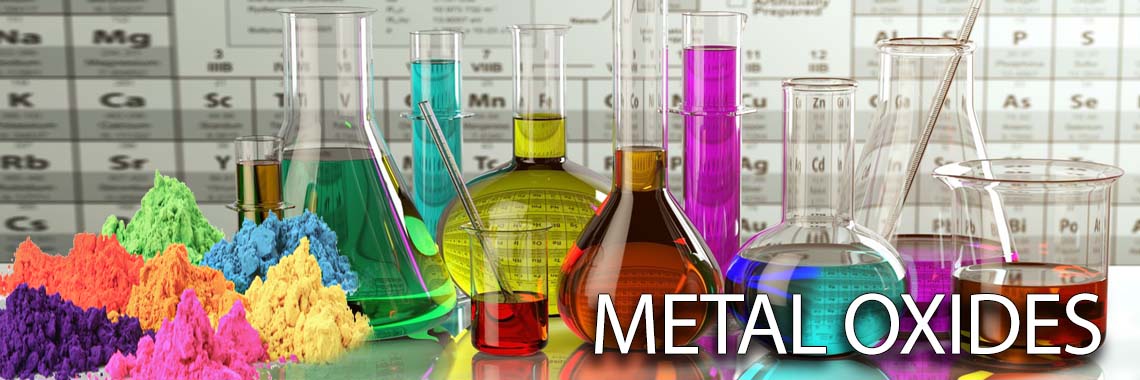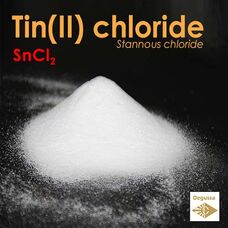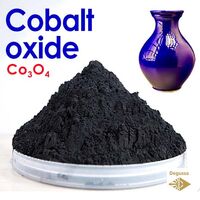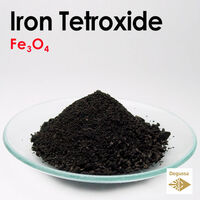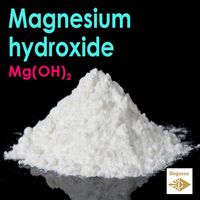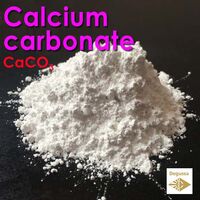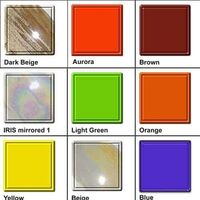What is Tin(II) chloride? What are the uses of Tin(II) chloride? Is Tin(II) chloride hazardous or toxic? Using of Tin(II) chloride for testing of Palladium
SnCl2
Tin(II) chloride, also known as stannous chloride, has the chemical formula SnCl2. It is a compound of tin in the +2 oxidation state. Stannous chloride can exist in both anhydrous (without water) and dihydrate forms. The anhydrous form is a white crystalline solid, while the dihydrate form is a colorless crystalline solid.
Here are some common uses of tin(II) chloride:
Tin Plating: Stannous chloride is widely used in the electroplating industry for tin plating. It is used to create a thin layer of tin on the surface of metal objects, providing corrosion resistance and improving their appearance.
Reduction Reagent: Stannous chloride is a useful reducing agent in various chemical reactions. It is employed in the reduction of certain metal ions and organic compounds.
Textile Industry: In the textile industry, stannous chloride is used in the manufacture of certain dyes. It acts as a mordant, helping to fix dyes to fabrics.
Chemical Synthesis: Stannous chloride is used in the synthesis of other tin compounds and organotin compounds. These compounds find applications in the production of plastics, polymers, and other chemical processes.
Photography: Stannous chloride has been used in historical photographic processes as a sensitizing agent for daguerreotype plates.
Tin(II) chloride (stannous chloride) is sometimes used in the testing and analysis of palladium, particularly in qualitative tests. The interaction between tin(II) chloride and palladium is utilized for specific identification. Here's a general outline of how it can be used:
Testing for Palladium with Tin(II) Chloride:
Reduction of Palladium(II) to Palladium(0): Palladium is often present in solutions as palladium ions (Pd^2+). Tin(II) chloride is a good reducing agent and can reduce palladium ions to elemental palladium (Pd^0).
Formation of a Colored Complex: The reduction of palladium by tin(II) chloride may result in the formation of a colored complex. This color change can be indicative of the presence of palladium.
Observation of Color Changes: The exact color change depends on the specific conditions of the reaction and the concentrations of the reagents. Commonly, the formation of a brown or black color is associated with the presence of palladium.
Confirmation Tests: Additional confirmatory tests may be conducted to verify the presence of palladium. This could involve further reactions or additional chemical tests based on the properties of palladium compounds.
It's important to note that while tin(II) chloride can be a useful reagent for preliminary testing, more sophisticated and quantitative methods are typically employed for accurate determination of palladium concentrations in analytical laboratories. These methods may include techniques such as atomic absorption spectroscopy (AAS) or inductively coupled plasma-mass spectrometry (ICP-MS).
Additionally, the reaction conditions and the specific protocol for testing may vary based on the analytical procedure being followed. Always refer to established laboratory procedures or analytical methods for precise and reliable results.
It's important to note that stannous chloride should be handled with care, as it can be corrosive and toxic. Proper safety precautions should be followed when working with this chemical. The specific applications may vary depending on the industry and the intended use of the stannous chloride compound.
Formula: SnCl2
Molecular Weight: 189.60 g/mol
Form: White crystalline solid
CAS Number: 7772-99-8
EC Number: 231-868-0
E Number: E512 (acidity regulators)
Density: 3.95 g/cm³
Synonyms: Dichlorotin, Tin(II) chloride, Tin dichloride, Stannous dichloride, Tin Protochloride, Tin (II) chloride, SnCl2, Uniston CR-HT 200, Stannous chloride, anhydrous
Tin(II) Chloride: Properties, Uses, and Applications of Stannous chloride
- Brand: Degussa
- Product Code: Oxide - Tin chloride - SnCl2
- SKU: SnCl2
- Availability: 222
-
1.19€
Available Options
Related Products
COBALT OXIDE - Cobalt (II,III) Oxide Cobalt Ceramic Pigments and Stains
Co3O4 Cobalt oxide color (Co3O4) is a consistent, reliable oxide and a common colorant in pottery. It is avai..
3.39€ 3.99€
IRON TETROXIDE - Iron (II,III) Oxide Ferric Minium Ceramic Pigments and Stains
Fe3O4 Iron(II,III) oxide is the chemical compound with formula Fe3O4. It occurs in nature as the mineral magnetite...
0.59€
Magnesium hydroxide - Milk of magnesia
Mg(OH)2 Magnesium hydroxide is the inorganic compound with the chemical formula Mg(OH)2. It occurs in nature as the..
0.59€
Calcium carbonate - CaCO3
CaCO3 Calcium carbonate (CaCO3) is a chemical compound composed of calcium, carbon, and oxygen. It is one of the mo..
0.59€
Tags: oxide

